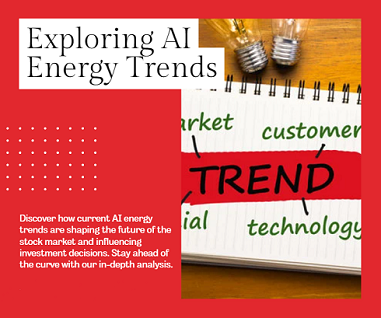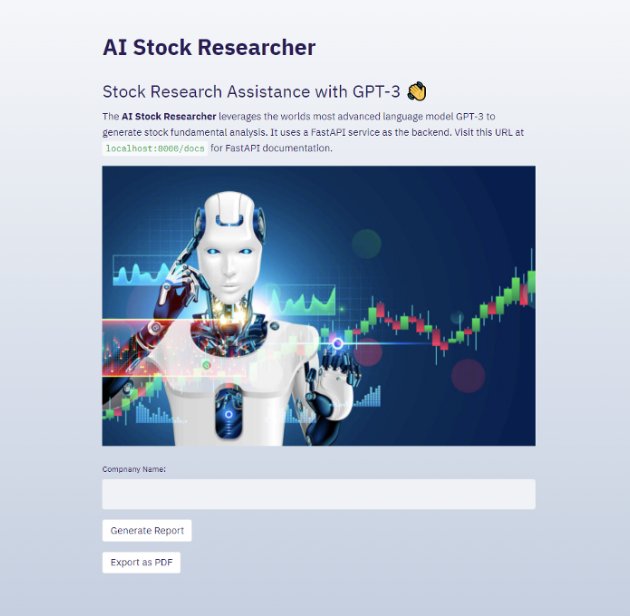Top Suggestions For Deciding On Ai For Stock Trading Websites
Top Suggestions For Deciding On Ai For Stock Trading Websites
Blog Article
10 Tips On How To Evaluate The Risk Of Underfitting Or Overfitting A Stock Trading Prediction System.
AI model for stock trading accuracy is at risk if it is either underfitting or overfitting. Here are ten tips to assess and mitigate these risks in the case of an AI-based predictor for stock trading.
1. Examine the model's performance using in-Sample and out-of sample data
Why: High accuracy in the samples, but poor performance of the samples suggest that the system is overfitting. A poor performance on both could be a sign of underfitting.
What can you do to ensure that the model's performance is stable over in-sample (training) and out-of-sample (testing or validating) data. If performance significantly drops beyond the sample, there is a chance that overfitting has occurred.
2. Check for Cross-Validation Usage
What is it? Crossvalidation is an approach to test and train models using different subsets of data.
How to confirm that the model uses the k-fold method or rolling cross-validation especially in time-series data. This could give an more accurate estimates of its actual performance and reveal any indication of overfitting or subfitting.
3. Analyze Model Complexity in Relation to Dataset Size
Overfitting can happen when models are complex and too small.
How can you tell? Compare the number of parameters the model is equipped with in relation to the size of the data. Simpler models (e.g., trees or linear models) tend to be the best choice for smaller datasets, while complex models (e.g. deep neural networks) require more information to keep from overfitting.
4. Examine Regularization Techniques
Reason: Regularization helps reduce overfitting (e.g. L1, dropout, and L2) by penalizing models that are excessively complex.
What methods should you use for regularization? that are compatible with the structure of your model. Regularization imposes constraints on the model, and also reduces the model's sensitivity to fluctuations in the environment. It also improves generalizability.
Review Feature selection and Engineering Methods
Why: The model could be more effective at identifying noise than signals when it is not equipped with irrelevant or excessive features.
How do you evaluate the feature selection process to ensure that only the most relevant features are included. Principal component analysis (PCA) as well as other methods for dimension reduction can be used to remove unneeded elements out of the model.
6. Look for techniques that simplify the process, like pruning for models based on trees
Reasons Tree-based and decision trees models are prone to overfitting if they become too large.
What to do: Ensure that the model is utilizing pruning or another technique to reduce its structural. Pruning can be used to remove branches that only capture noise and not meaningful patterns.
7. The model's response to noise
The reason is that models with overfit are extremely sensitive to noise as well as minor fluctuations in the data.
What can you do? Try adding small amounts to random noises in the input data. See if this changes the prediction made by the model. The models that are robust will be able to cope with minor noises without impacting their performance, whereas models that have been overfitted could respond in a unpredictable manner.
8. Model Generalization Error
What is the reason? Generalization error shows how well the model predicts on new, unseen data.
Calculate the difference in the error in testing and training. A wide gap indicates overfitting, while both high errors in testing and training indicate underfitting. Try to find a balance in which both errors are low and comparable to each other in terms of.
9. Find out the learning curve of your model
Why: Learning curves reveal the relationship between size of the training set and performance of the model, indicating either underfitting or overfitting.
How to plot learning curves. (Training error vs. the size of data). In overfitting the training error is low, whereas the validation error is high. Underfitting is prone to errors in both training and validation. Ideally the curve should display both errors decreasing and converging with more information.
10. Evaluation of Performance Stability under Different Market Conditions
The reason: Models that have an overfitting tendency will perform well in certain market conditions, but do not work in other.
How? Test the model against data from various market regimes. Stable performance across conditions suggests that the model is able to capture reliable patterns rather than overfitting to a single system.
Utilizing these techniques it is possible to reduce the risks of underfitting and overfitting, when using the case of a predictor for stock trading. This ensures that the predictions generated by this AI can be used and trusted in real-life trading environments. View the most popular get the facts for blog recommendations including ai stock prediction, best sites to analyse stocks, best site to analyse stocks, best stock analysis sites, cheap ai stocks, stocks and trading, stock market analysis, ai on stock market, ai stocks, equity trading software and more.
Make Use Of An Ai-Based Stock Trading Forecaster To Determine The Amazon Index Of Stock.
Understanding the business model and market patterns of Amazon as well as the economic factors that affect its performance, is vital in evaluating the performance of Amazon's stock. Here are ten tips to help you evaluate Amazon's stocks using an AI-based trading model.
1. Understanding the Business Segments of Amazon
Why: Amazon operates across various sectors such as ecommerce (e.g., AWS), digital streaming and advertising.
How to: Be familiar with the revenue contributions of each segment. Knowing the growth drivers in these areas will allow the AI model to predict the general stock's performance by looking at sector-specific trends.
2. Include Industry Trends and Competitor analysis
Why: Amazon’s performance is closely related to the trends in the industry of e-commerce, technology and cloud services. It is also dependent on the competition from Walmart and Microsoft.
How: Check whether the AI model analyzes trends in your industry such as the growth of online shopping, cloud usage rates, and consumer behavior shifts. Include analysis of competitor performance and share performance to help put Amazon's stock movements into context.
3. Earnings reported: An Assessment of the Impact
The reason: Earnings announcements can significantly impact prices for stocks, particularly for companies that have significant growth rates such as Amazon.
How to monitor Amazon's earnings calendar and analyze how past earnings surprises have affected the stock's performance. Include company and analyst expectations into your model to determine the future revenue forecasts.
4. Utilize indicators of technical analysis
What are they? Technical indicators are useful for the identification of trends and potential reverses in price movements.
How do you incorporate important indicators in your AI model, such as moving averages (RSI), MACD (Moving Average Convergence Diversion) and Relative Strength Index. These indicators may aid in determining optimal timings for trade entry and exit.
5. Analyze macroeconomic factors
Why: Amazon's profitability and sales are affected by economic conditions such as inflation, interest rates and consumer spending.
How can the model incorporate important macroeconomic variables like consumer confidence indexes or sales data. Knowing these variables improves the predictive capabilities of the model.
6. Implement Sentiment Analysis
Why: Market sentiment can significantly influence stock prices in particular for companies that have a high consumer-oriented companies such as Amazon.
How do you analyze sentiments from social media as well as other sources, such as customer reviews, financial news and online reviews, to determine public opinion about Amazon. By adding sentiment metrics to your model will give it an important context.
7. Review changes to regulatory and policy policies
Amazon's operations could be impacted by antitrust laws and privacy laws.
Be aware of the issues of law and policy related to ecommerce and technology. Be sure the model is incorporating these factors to accurately predict Amazon's future business.
8. Do Backtesting with Historical Data
Why is it important: Backtesting allows you to see what the AI model would perform in the event that it was built on data from the past.
How: To backtest the models' predictions utilize historical data from Amazon's shares. To evaluate the model’s accuracy, compare predicted results with actual outcomes.
9. Assess the performance of your business in real-time.
The reason: Efficacy in trade execution is key to maximising gains particularly when you are dealing with a volatile stock such as Amazon.
What are the best ways to monitor the execution metrics, such as fill rates and slippage. Examine how the AI determines the optimal entries and exits for Amazon Trades. Make sure that execution is consistent with the forecasts.
Review Risk Analysis and Position Sizing Strategies
The reason: Effective risk management is vital for Capital Protection especially when dealing with volatile Stock such as Amazon.
How: Make sure that the model includes strategies for managing risks and sizing positions according to Amazon's volatility as also your risk to your portfolio. This can help reduce the risk of losses while maximizing the returns.
These tips can be used to evaluate the reliability and accuracy of an AI stock prediction system in terms of analyzing and predicting Amazon's share price movements. See the top rated stock ai info for site info including ai stock forecast, artificial intelligence trading software, good websites for stock analysis, ai publicly traded companies, ai and stock market, stocks for ai companies, best stocks for ai, ai stock picker, stock analysis, website for stock and more.